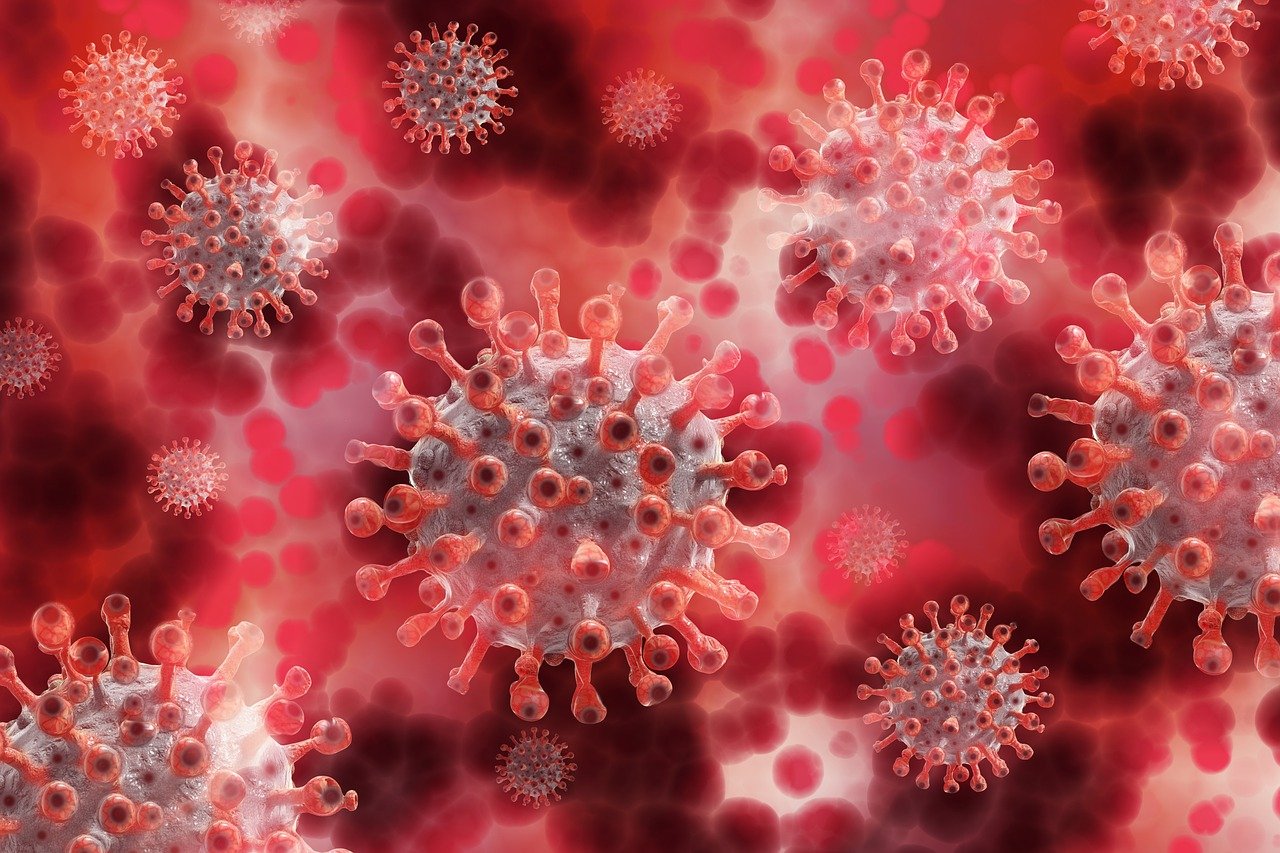A new Covid-19 mutation appears in the US, the Columbus Strain, scientists have named it because it has been the predominant of at least two new mutations that spread through the state of Ohio.
Scientists at the Wexner Medical Center and the Ohio State University School of Medicine announced Wednesday that they have identified two new variants of SARS-CoV-2 in the U.S. One of them may be more infectious and has already become the dominant strain in the city of Columbus.
One of the variants carries a mutation identical to the strain found in the UK, but the researchers believe that this variant probably “arose in a virus strain already present in the US”. This change was discovered in a patient from Ohio, so its prevalence in the population is not yet clear.
A worrying mutation.
Meanwhile, the second variant identified is an evolving strain that developed three genetic mutations, previously not seen together in SARS-CoV-2, and which has become the dominant virus in Columbus over a period of three weeks. since the end of last December and beginning of January.
“This new ‘Columbus strain’ has the same genetic makeup as the previous cases we have studied, but these three mutations represent a significant evolution,” explained Dan Jones, vice president of the division of molecular pathology and leader of the study. “We know that this change did not come from the UK or South African variants of the virus,” the researcher added.
Like the UK variant of the virus, mutations in the ‘Columbus strain’, dubbed COH.20G / 501Y, probably make “the virus more infectious,” the scientists noted, while cautioning that the discovery of this variant “suggests that the same mutation may be occurring independently in multiple parts of the world in recent months.”
The mutations detected in the two variants affect the spikes that dot the surface of the coronavirus, similar to the British strain. The spikes allow the virus to adhere to and enter human cells.
“Viruses mutate and evolve naturally over time, but the changes seen in the past two months have been more prominent than in the first months of the pandemic,” Jones stressed.
Experts consulted have indicated that in many cases the behavior of the virus with respect to mutations has been underestimated, since historically and according to the theory, these pathogens mutate to become deactivated over time, something that has not been happening this time, it has mutated to self-correct and become more infectious.
Press release.
